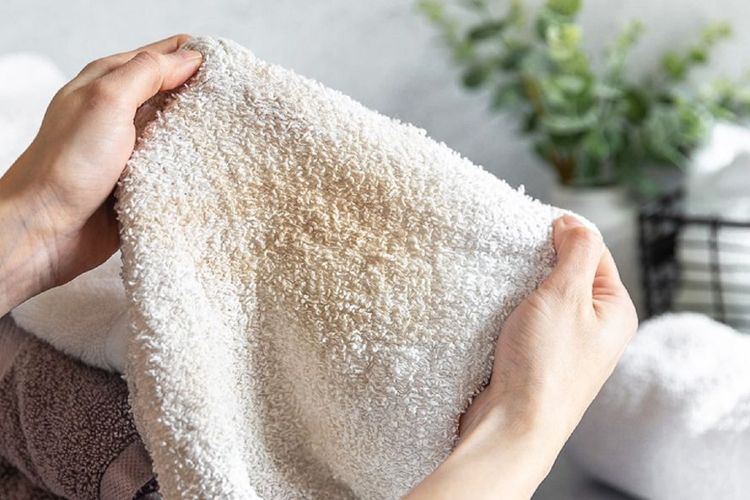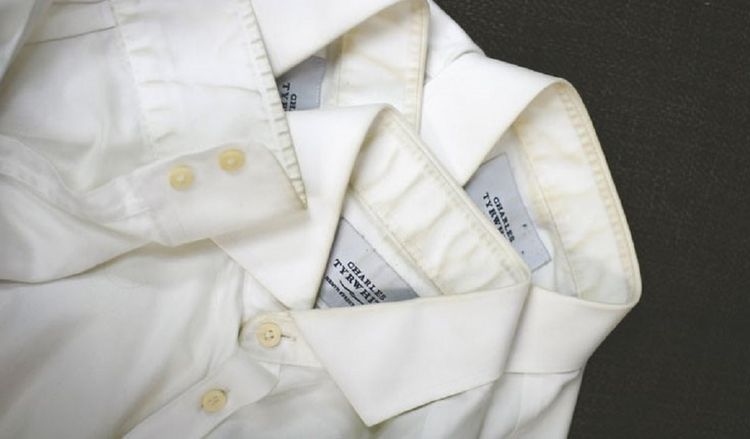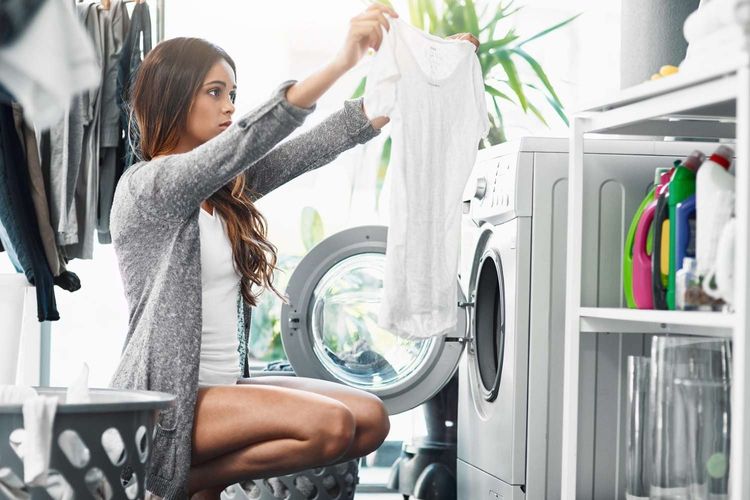Can You Put White And Colors In The Dryer Together?

“ Are you tired of doing separate loads of laundry for whites and colors? ”
It's a common laundry dilemma that many of us face. But what if there was a way to save time and energy by combining your whites and colors in the dryer? Before you toss everything together, it's important to understand the risks and benefits of this laundry shortcut.
Let's explore the question on everyone's mind: can you put white and colors in the dryer together? Get ready to learn the dos and don'ts of laundry mixing and discover the best practices for keeping your clothes looking their best.
" What Is Color Bleeding? "
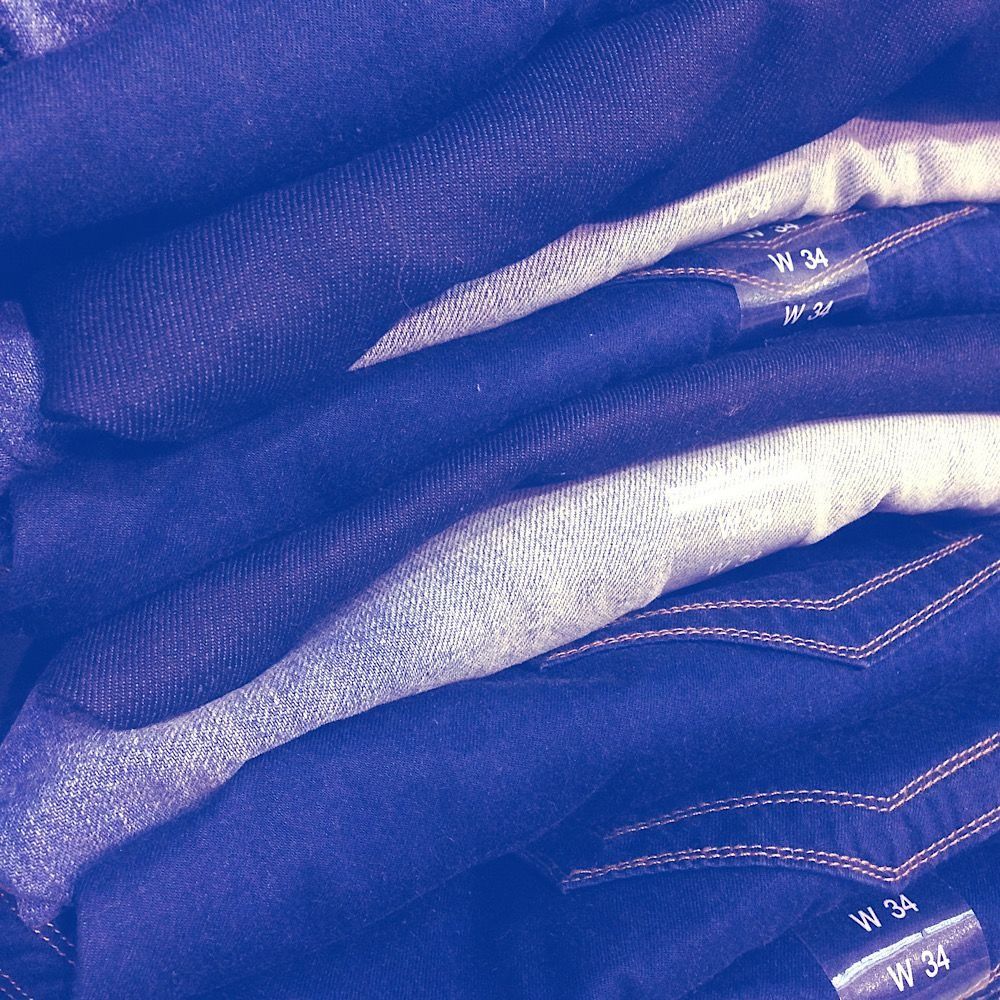
Did you know that color bleeding poses a major threat to clothing as it can cause permanent damage?
This occurs when dyes from one garment transfer to another during the washing or drying process. When white and colored garments are mixed in the dryer, there is a risk of color bleeding which can ruin and discolor white clothing. Let's say, if a red garment is dried with white clothing, the red dye may bleed onto the white clothing, turning it pink or causing stains. Other colors like black or blue can also cause this problem.
Color bleeding can be especially troublesome when dealing with delicate fabrics or white clothing as they are more susceptible to dye damage. White clothing can become stained or discolored, while fragile fabrics such as silk or lace can get ruined or stained.
In addition to discoloring and damaging clothing, color bleeding can be time-consuming and frustrating to deal with. It may require extra washing or stain removal procedures, which can be a hassle.
" What Are The Tips To Pay Attention When I Put White And Colors Clothes In The Dryer Together? "
1. Sort Your Clothes By Color.

When you dry multiple items of clothing with different colors, there is a possibility that the dyes will transfer from one garment to another, leaving stains or discoloration. This is particularly true for bold or dark hues, which tend to bleed more frequently than pastels or neutral tones.
Sorting clothing by color can reduce the chance of color transfer. By putting related colors together, you can minimize any dye bleed from affecting lighter hues. For instance, you could combine all your dark blue and green clothing with all your red and orange clothing in separate loads.
Sorting your clothing by hue can also help identify items that might excessively bleed. If you notice an item leaking a lot of dye, you can wash it separately in the future. This will prevent it from staining other clothing.
2. Avoid Overloading The Dryer.

To avoid color bleeding, it's crucial to understand why it can occur from overloading the machine. When a dryer is packed too tightly, there isn't enough space for clothes to shift around and separate from one another. As a result, the dye from one item of clothing may rub off onto another, causing color bleeding.
To prevent this issue, avoid filling your dryer and give your clothes enough room to move around freely. This will reduce the possibility of color bleed and prevent garments from getting stuck to one another.
3. Using Cooler Dryer.
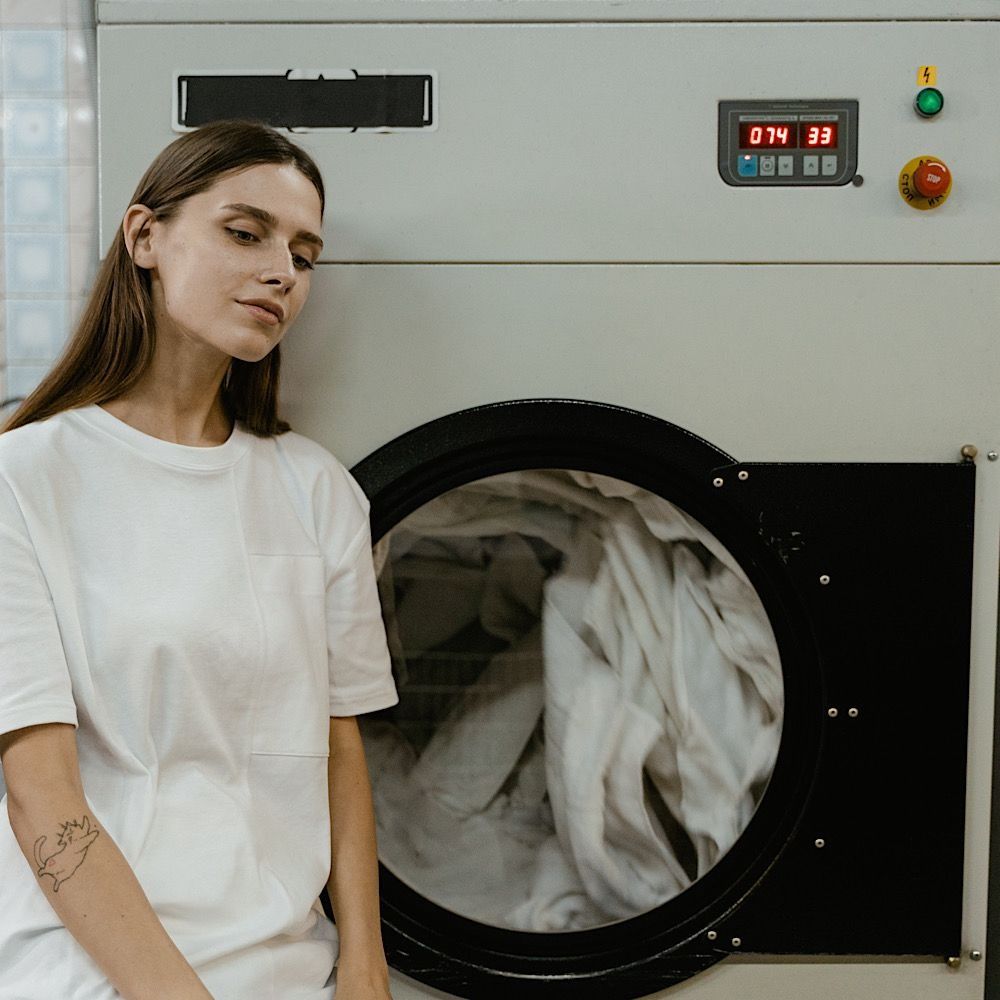
When fabrics are exposed to higher temperatures, the dye may become loosened and stain other clothing. This is because the high heat can cause the fabric to expand and release more dye, which can then be absorbed by other items in the machine.
To prevent this, it is recommended to dry garments at a cooler temperature. This can help reduce the amount of dye released by the fibers and their tendency to expand. This, in turn, can lessen the possibility of color bleed and pigment transfer between garments.
4. Use a Color-catcher Sheet.

To protect your whites from being ruined when cleaning colored items, it's recommended to use color catchers in the washer. These sheets are specifically designed to trap stray dyes in the washing machine, preventing color transfer to other garments.
During washing, small quantities of dye may occasionally leak from the fabric and mix with the water in the washer. This is particularly true for brand-new or brightly colored clothing. If these stray dyes are not absorbed by something in the laundry, they can transfer to other clothing and cause color bleeding and staining.
Using color-catcher sheets when washing mixed loads of white and colored clothes can be particularly useful. This can help reduce color leakage and maintain the brightness and vibrancy of your clothing.
5. Check Garment Care Labels.

The care label contains crucial details about the fabric type and recommended maintenance procedures for a particular garment. Putting white and colored clothes in the dryer together without first checking the care labels can result in accidental damage to the clothes or color bleeding. For example, some colored clothing may bleed or fade when exposed to high heat, while some white clothing may shrink or discolor when dried on a high-heat setting. You can ensure that each item of clothing is dried according to the recommended care instructions by checking the care labels. This can reduce the risk of color bleeding and protect the clothing from damage.
Remember, your clothes reflect your style, and taking proper care of them can help extend their lifespan and maintain their appearance.
Although it may be tempting to dry everything together, mixing white and colored clothes can result in color bleeding and damage.
By following the tips we've discussed, such as sorting your laundry and using a color catcher sheet, you can confidently tackle laundry day and keep your clothes looking sharp for years to come.
